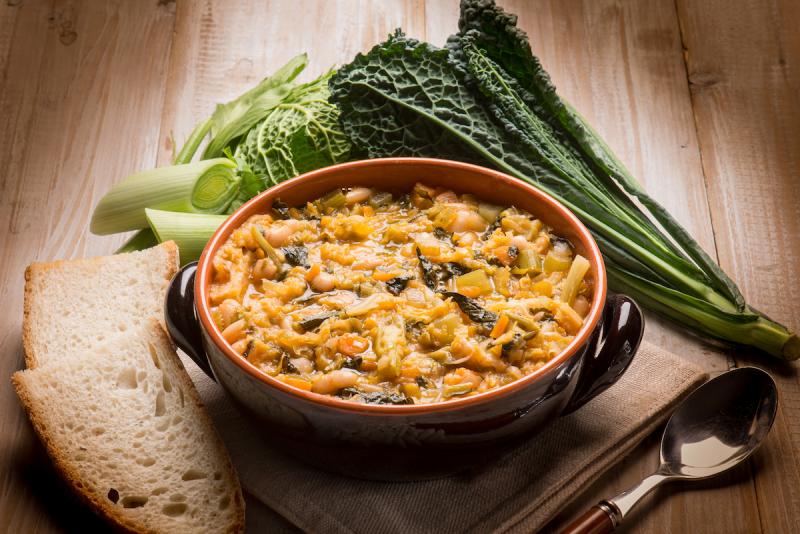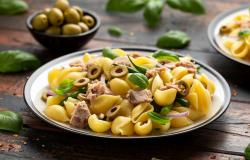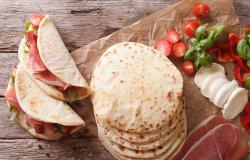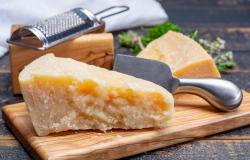Great Foods of Italy: Ribollita Soup
ITA:

Use player to listen to Italian version

Paywall Content
Ribollita soup is one of Tuscany’s iconic dishes. Its origins date back to the Middle Ages, when it was common in some areas of Tuscany, especially Pisa, Florence and Arezzo, to prepare a soup with black cabbage and cannellini beans, both signature Tuscan ingredients.
Ribollita falls within the tradition of the so-called cucina povera, peasant cooking that made use of whatever ingredient was easily and cheaply available. While meat was a luxury only the wealthy could afford on a regular basis, peasant families used a lot of vegetables and bread, which in the past was cooked in communal ovens.
What makes ribollita different from a simple bread-and-vegetable soup is that it is re-boiled - re-heated at least twice, or even more, if you make it in large quantities and use it for several days after. This enhances the flavors and makes it tastier each time. If it gets too thick, you may add broth to taste.
The main ingredients of ribollita, which was codified in a recipe book in the early 1900s, are potatoes, black cabbage, savoy cabbage and cannellini beans. The perfect bread for ribollita is Tuscan bread, compact and unsalted. (Incidentally, black cabbage is not widely used outside of Tuscany, but in the region it truly is a star vegetable, used in many dishes; it is for example cut into strips and eaten raw in salads, or sautéed for pasta sauce, at times accompanied with truffles.)
There is no one ribollita recipe. Born as a “poor” dish, the choice depended on what families had at home at the time rather than on personal taste. Even today, each Tuscan family has its own personal recipe, and you may add whatever vegetable you like or is in season.
Ribollita can be kept in the refrigerator for several days, but can also be frozen, so you can prepare it in large quantities to have readily available, especially for cold winter nights. Because it is so hearty, it serves as a first course instead of pasta.
La ribollita è uno dei piatti simbolo della Toscana. Le sue origini risalgono al Medioevo, quando in alcune zone della Toscana, in particolare Pisa, Firenze e Arezzo, era consuetudine preparare una zuppa con cavolo nero e fagioli cannellini, entrambi ingredienti tipici toscani.
La ribollita rientra nella tradizione della cosiddetta cucina povera, una cucina contadina che utilizzava qualsiasi ingrediente fosse facilmente reperibile ed economico. Mentre la carne era un lusso che solo











